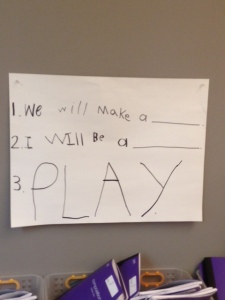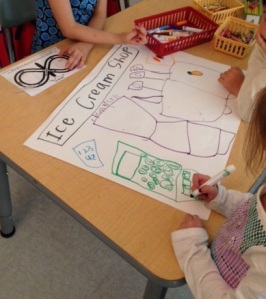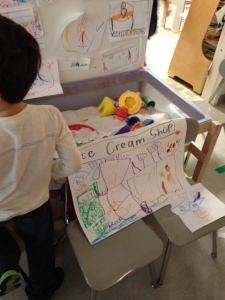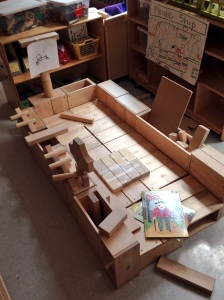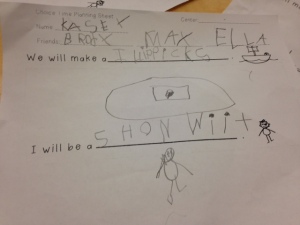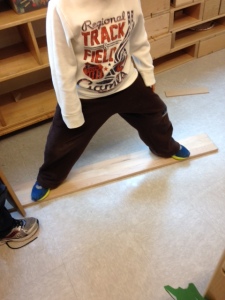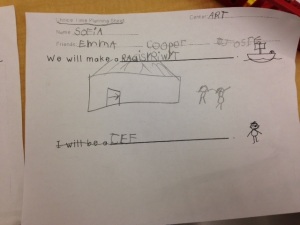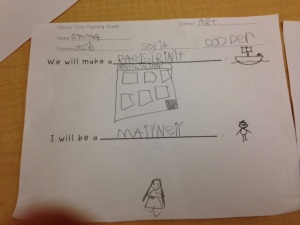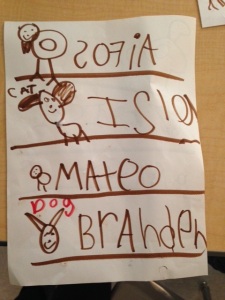One of the joys of being a teacher is the abundant amount of time to travel. If you are anything like me, you take full advantage. This summer, I went to Paris for a week with my dear friend, Ellen. I was meeting her there after spending a few weeks in Spain and she was leaving her year-old baby and husband behind. We knew we had to make this a memorable week.
On day 1, we talked about what we would do. Since I was already in full European mode, I wanted to wander the beautiful Parisian streets, wearing every outfit I own that has stripes and Peter Pan collars, eating copious amounts of baguettes spread with brie. This is how I imagined my time at least. Ellen, on the other hand, came with multiple guide books, all marked with post-its and notes on the best things to see, times of day to go, passes to buy,and restaurants to eat at. I was overwhelmed.
Being the beautiful friend she is, we spent the first day doing it my way. We wandered, leisurely, down to the Eiffel Tower where we met three-hour lines. Ok, lets keep moving. We strolled over the Arc de Triomphe. One hour line. The Louvre was nearby, so we decided to walk there next. I can’t even tell you how many hours that line would have been, but the sea of people was distressing. What was I thinking?
That night, Ellen and I sat down with her guide books and iPad and we mapped out our remaining six days. Needless to say, the rest of our trip was much more successful. We were able to see all of the sights, while making time for aimless wandering.
Plan…. for Play?
I used to think that planning for play was unnecessary. Why should kids have to plan for something that comes so naturally to them? Just like my planned Parisian days were much more successful than our first un-planned day, Choice Time and play that is planned is much more successful. As Mr. Rodgers reminds us, “Play gives children a chance to practice what they are learning.” The rehearsal and set-up for this play gives children a chance to dig-deeper and make even more sense of the world around them.
Here are some ways planning can support play in the classroom:
- Helps children learn to collaborate
- Builds problem-solving language and skills
- Scaffolds children in moving from parallel and associative play to collaborative play.
- Kids can share their knowledge about the world with peers so that we have more shared experiences and information
What Does Planning Look Like?
Planning can look many different ways. Here are some ways that planning has worked in my classroom.
- Verbal Planning
Kids can simply talk before they begin to play. The chart below, inspired by my colleague Kristi Mraz, gives kids talking points to plan off of before getting to work.
Kids work together to decide what they will make, build or create and then decide on who will be what. For example, dramatic play might be making a restaurant. One student will be the chef, one will be the waiter, one will be the patron, and one will be the owner.
- Group Plans
Kids can decide what they will make or create in their center and then they can sketch what it will look like on large poster paper.
Kids can then use these “blueprints”, as named by brilliant colleagues Mollie Gaffney and Kat Cazes, to guide their creations.
- Individual Plans
Kids can each have their own sheet of paper on which they can plan for their center. They still talk together and decide what they will create or play and what role each child will have.
This system relies heavily on children talking to one another as they plan because they are not all working on the same sheet of paper. Recently, in the lego center, 3 children were planning on creating an Olympic stadium, while 1 was planning for a spaceship. Teaching kids to check in with one another so that all of our plans and ideas match in important.
Kids Have Their Plans. Now What?
Once kids have their plans, they are ready for play! Here are some ways to help kids continue to use their plans:
- Kids check in with their plans as they go.
As students are building, creating, and playing, have them check in with their plans often so that they can remind themselves of their original intentions. This helps them build stamina around playing one thing for an period of time, and supports the collaboration between a group of students, helping them to continue to work together towards the same goal.
- Plan Revisions
Just like a planned day in Paris might take a turn when the Catacombs end up being closed, play sometimes takes a turn as well. When my students thought they were building a commercial airplane, but then realized it was actually Air Force One, their plane needed to change. Instead of lots of rows of seats, they revised the plan so that there were 10 seats, 4 for Obama and his family, 1 for their dog, 2 for the pilots, and 3 for friends.
Having kids revise their plan by adding (Ahh, there is no bathroom on the plane!) or making changes (We should make a square front instead of a round one) supports kids understanding of what they are playing and allows room for them to dig for an even deeper understanding than they began with.
- Time for Reflection
Kids can have conversations around their plans. At the end of Choice Time kids can reflect on the work they completed. They might ask:
- Did we stick to our plan?
- Did we need to revise our plan?
- Why did we need to make changes?
- How will this change play for tomorrow?
Next Steps
Now that my kids are fluently make a use plans during Choice Time, I have been considering a few next steps:
- Having kids research and plan during other times of the day for Choice Time.
- Content Areas in Choice Time and how plans can support this content knowledge.
- Having groups ask other groups for feedback on their plans before getting started.
Please share comments and ideas below. I’m eager to hear how your students plan or how you envision they could plan for play in Choice Time!
